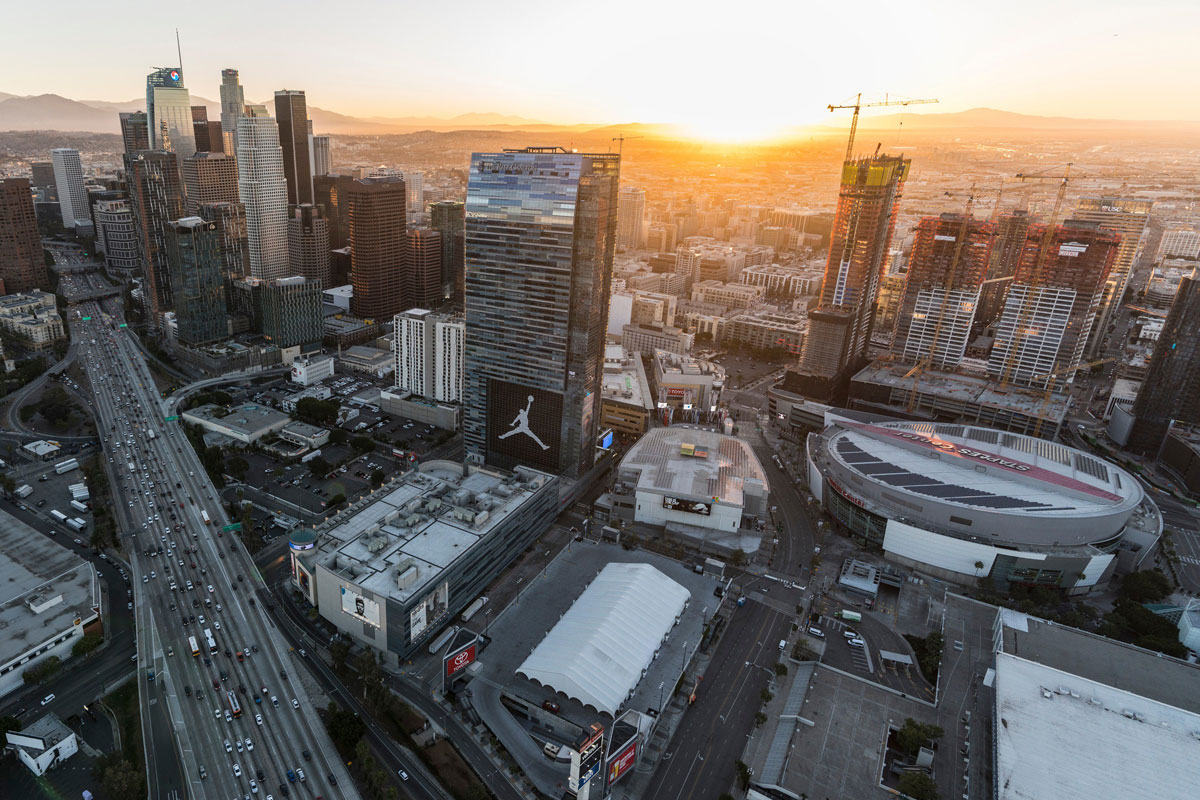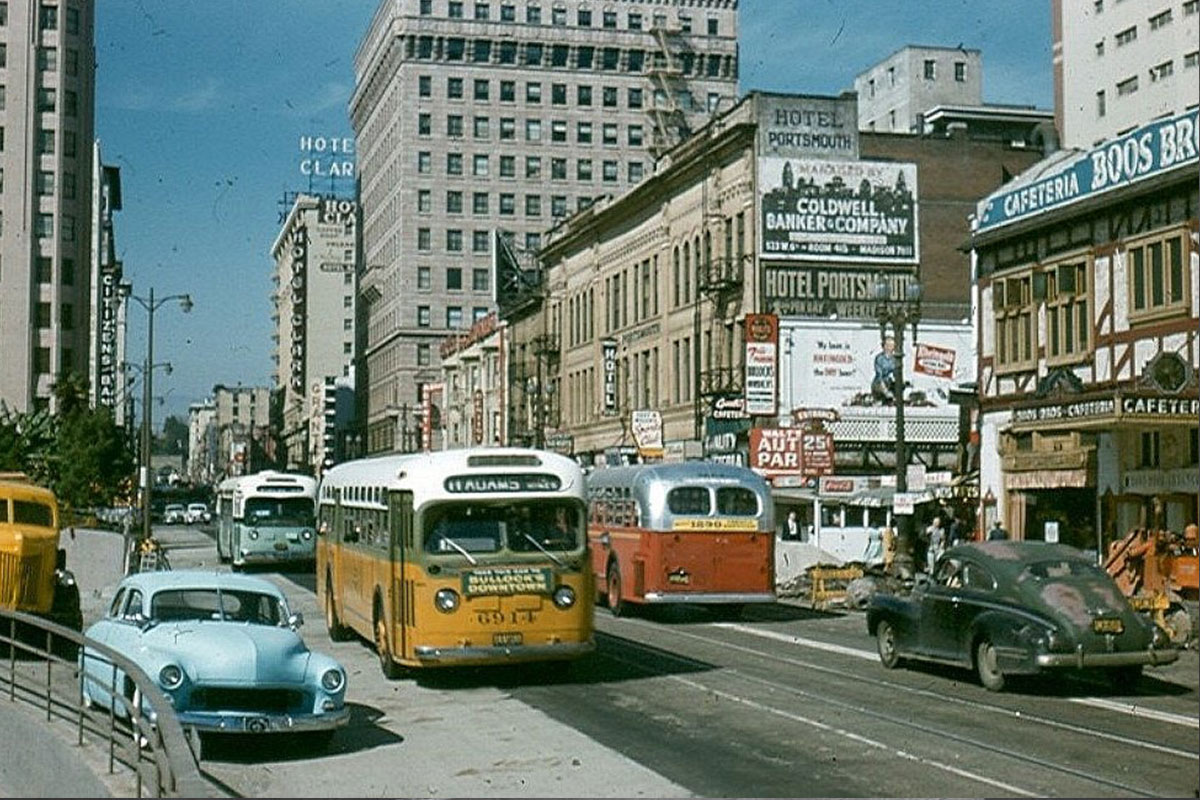
Minimum parking requirements have been around for a long time, along with a constant debate. The title can be confusing and is often misunderstood, so first, it is important to understand exactly what these regulations entail.
Minimum Parking Requirements: What Are They Exactly?
Minimum parking requirements are the number of parking spaces, by law, that a new building is required to include in construction. Now, many people primarily assume that this mostly affects businesses and developers, but this affects residents and visitors of cities as well. The debate comes from whether or not it is necessary, or right, to regulate the number of parking spaces required, especially at such high amounts. While there are the obvious benefits of offering parking, there are also a several accusations that these regulations do more harm than good.
More recently, there appears to be a genuine possibility that the requirements will be removed or changed in Los Angeles. In fact, L.A.’s Department of City Planning recently proposed a stew away from the regulations that are currently in place (latimes.com).

The History of Urban Required Parking Regulations in Los Angeles
The argument against parking requirements has dated back to, well, the beginning of parking requirements, and the protesting response would continue for years to come. As an example, an article was written in 1999 to bring attention to flaws in Los Angeles’ parking regulations. The article states that the origin of parking requirements is a mystery in the world of urban planning. Apparently, cities have based their regulations on what other cities had implemented, without considering why this was done or how it may differ from city to city. The author and transportation researcher, Donald Shoup, pointed out that the idea of parking requirements seems to be to increase the supply of parking and therefore reduce the price of parking, but he argues that it does not reduce the cost. The cost of the “free” parking space is bundled into the cost of development of the building. As a result, the prices of the goods and services from the business will increase to cover the cost of the parking spaces.
About a decade later, the complaints continued. Critics of minimum parking requirements claimed that the rules promoted driving instead of encouraging sustainable transportation alternatives like public transportation, carpooling, or riding a bicycle. CityLab made the bold statement that too many parking spaces were being created from the regulations, with more spaces than necessary. The article mentioned that a big part of this was due to the inconsistencies of the requirements, an issue that seems to be a common complaint against minimum parking requirements. With many alternative ideas offered in the article, one of the most reasonable solutions was to adjust regulations more precisely by neighborhood; this way, one generic rule would not apply to all scenarios.
Recently, the L.A. Times pointed out that there are almost 6 million spaces in Los Angeles or about 1.5 spaces for every resident. In addition to the environmental argument, minimum parking requirements are also being labelled as part of the housing crisis. Essentially, added parking is taking away from space that could be used for additional housing. The LA Times is even encouraging the idea of parking maximums instead of minimums.

Downtown L.A.’s Parking Development
These arguments hold up in most cities, but locals know that Los Angeles always does things a little differently. With all of the backlash against minimum parking requirements, anyone who has ever visited Downtown Los Angeles knows the worry of finding parking all too well. There is a feeling of ease that comes across visitors and residents when they know that the business they are driving to has parking spaces that are readily available and free of charge. There are not many instances where a customer pulls into a parking spot and is frustrated with the abundance of available parking choices, however, there are many cases where customers are frustrated with not having enough accessibility with parking.
When people know that they have to drive around searching for street parking or pay for parking a meter, it can change their decision on where to shop or dine. While some claim that it would encourage public transportation or walking, others may argue that less parking would discourage visitors and therefore affect the city’s economy and tourism. Some cities may have different results where public transit is more accessible, but this is simply not the case for DTLA. There is hope for the future for a better transportation system in Los Angeles, but for now, both Los Angeles residents and visitors rely heavily on their cars, and parking is in high demand.
New Solutions
In the meantime, there are companies like Joe’s Auto parks that lead the industry with opportunities to develop new parking solutions. Stay connected with Joe’s Auto Parks on Facebook and online at JoesAutoParks.com to stay up to date with parking in the DTLA area and to find the best parking locations.

Comments are closed.